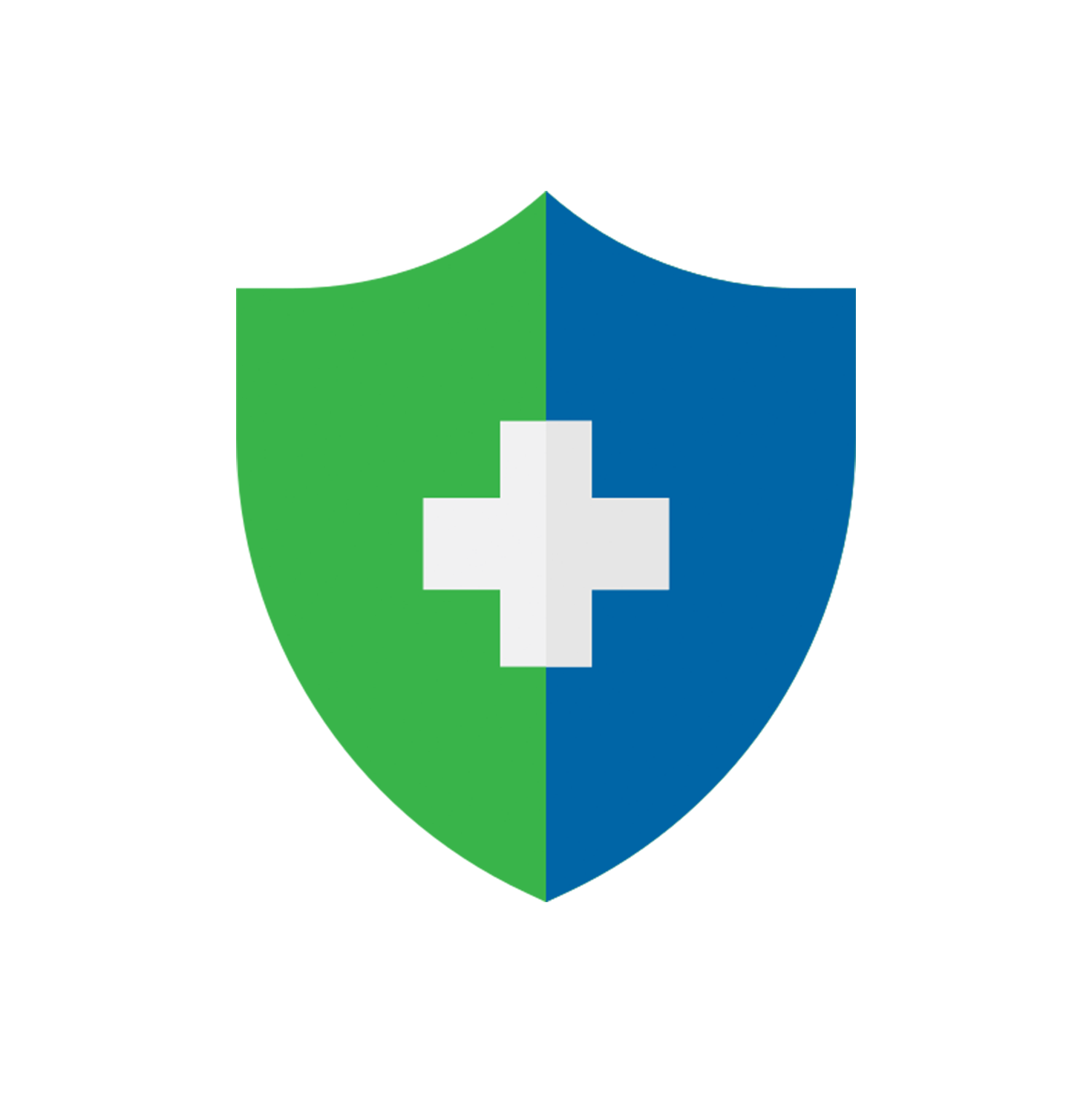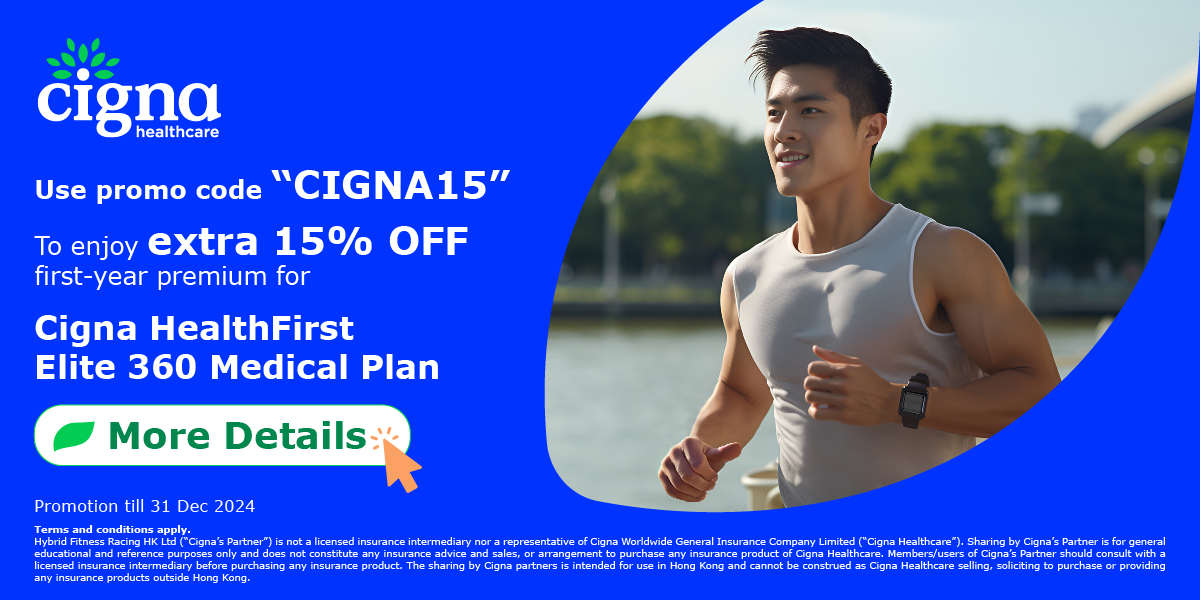The demanding pace and intensity of a fitness competition can often leave athletes exhausted. What strategies can be employed to expedite post-competition recovery?
How to Accelerate Recovery After an Intense Fitness Competition
Tip 1: Soothe Muscles with A Gentle Massage
Post-workout muscle soreness or fatigue are often caused by lactic acid buildup. A gentle massage for 10 to 15 minutes can work wonders, easing muscle tension, boosting blood flow, and promoting lymphatic drainage, ultimately relieving soreness and restoring muscle elasticity.
Tip 2: Replenish Nutrients
After a competition, it is crucial to refuel your body with carbohydrates, proteins and healthy fats for energy restoration and muscle repair. Adequate hydration with water or sports drinks is also vital to replenish fluids lost during exercise.
Tip 3: Recharge with Gentle Workouts and Stretching
Incorporate gentle cardio or stretching exercises like yoga, Pilates, or swimming into your post-competition routine. These exercises can improve blood circulation, reduce muscle soreness, and speed up recovery.
Tip 4: Accelerate Recovery with Contrast Therapy
Experience the benefits of contrast therapy by alternating between hot and cold treatments. Ice packs, a favored remedy among athletes, can effectively mitigate inflammation, pain and discomfort by slowing down blood flow. Conversely, hot baths stimulate blood circulation and aid in muscle recovery. Registered physiotherapist Dr. Chung Wai Man recommends immersing the affected area in 40°C warm water for 3-5 minutes, followed by 10-15°C cold water for the same duration. Repeat this cycle for about 30 minutes to expedite recovery.
Tip 5: Prioritize Plenty of Sleep
Adequate sleep is crucial for overall recovery and muscle repair. After a competition, aim for 7 to 9 hours of sleep each night. Ample rest is your quickest path to returning to peak condition.
Source
© Cigna Healthcare 2023
Information provided in this article is intended for health and fitness purposes only and is not intended for use in the diagnosis of disease or other conditions, or in the cure, mitigation, treatment or prevention of disease (see Terms & Conditions for details). Any health-related information found in this article is available only for your interest and should not be treated as medical advice. Users should seek any medical advice from a physician, especially before self-diagnosing any ailment or embarking on any new lifestyle or exercise regime. Any information contained in this article may not be suitable, accurate, complete or reliable. Cigna Healthcare accepts no responsibility for the content or accuracy of information contained on external websites or resources, or for the security and safety of using them. "Cigna Healthcare" and the "Tree of Life" logo are registered trademarks of Cigna Intellectual Property, Inc. in the United States and elsewhere, licensed for use. All products and services are provided by or through operating subsidiaries, and not by The Cigna Group.




